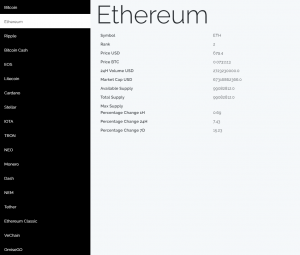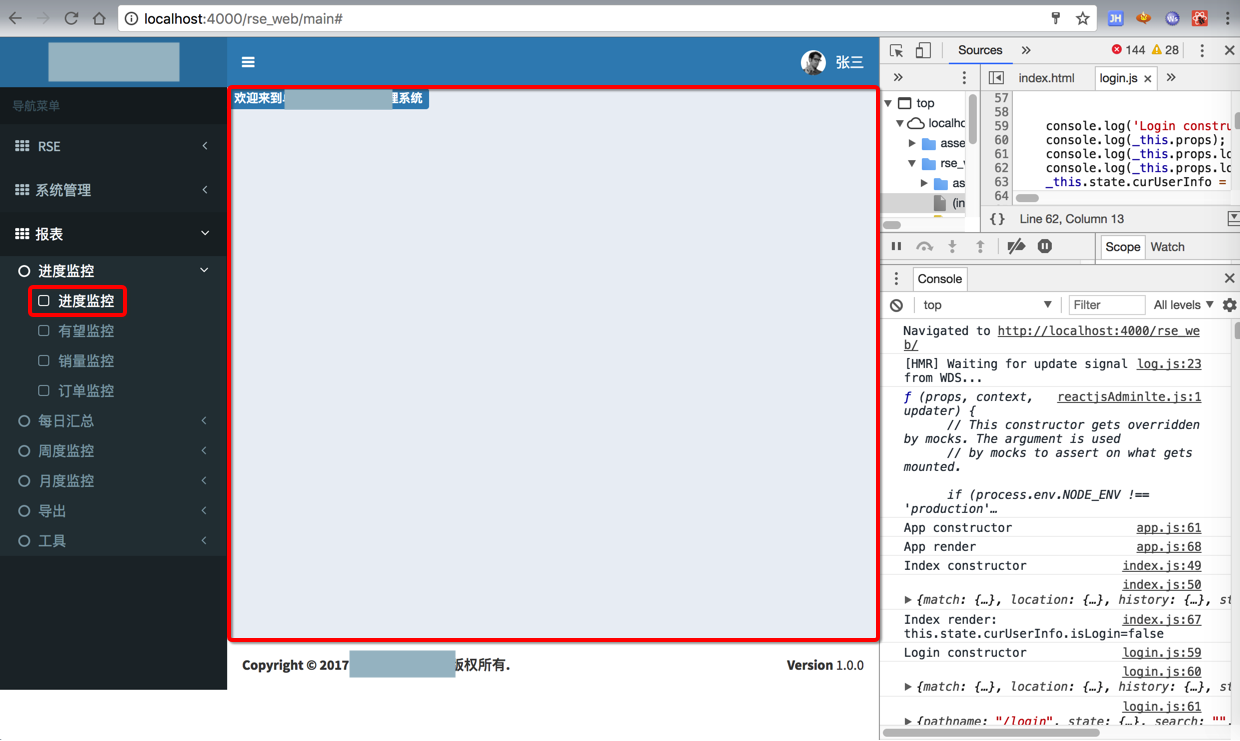

So, after you’ve recovered from the shock, ?, let’s take the next step and see my /src/index.js file. It means that the Home route is triggered and the Home view is rendered.Ī naked one! Just try not to feel bias towards other complexities like styling and so on! I don’t want you to be distracted with anything other than grokking how simple it is to implement React Router v4. The NavBar will be an omnipresent component while the Home, About and Topics will be rendered below according to the routes selected.Īre you seeing the browser URL: localhost:3000/home in the screenshot below? Our website will have three main sections called Home, About and Topics. Let’s do a simple personal website with a navigation bar that allows the user to switch between content. Just to check your package.json and make sure everything is okay, here’s mine:Īs you can see ?at this point we have react-router-dom as a dependency.īang! We’re riding Ma! The App We Are Building Yarn add react-router-dom- if you use yarn as your package manager. If you use npm just open your terminal, go to your CRA folder and type:
React router v4 and reactxp install#
Okay, to those who stood with me: after installing CRA, you need to install the react-router package. If by any chance React or Create React App are beyond your grasp, I recommend you to first get into those and then come back with a cup of coffee. In the end you’ll have a clean boilerplate to build simple websites. To guide you through this process we’ll use Create React App (CRA). Setup, Let’s Get Our Hands Dirty Photo by Rose Elena on Unsplash They’re both great and indispensable tools and as they are Higher Order Components (basically JavaScript functions that take a Component and return a new one), so it’s common to find them “composed” together. Has React Router Anything To Do With Redux? Michael Jackson continues to develop React Training. Nowadays, correct me if I’m wrong, they followed separate paths:

And they deserve loads, tons of claps! Together they started React Training. These two amazing human beings, Michael Jackson and Ryan Florence. In this specific case we’re going to explore because we want to use “dynamic routing” in a “web app” context and leave the other ones for other circumstances. It provides different Routing Components according to the needs of the application and platform. React Router v4 advocates and implements a component-based approach to routing. “Dynamic Routing” means that routing takes place as your app is rendering, not in a configuration or convention outside of a running app. When you’re dealing with “Static Routing” you declare your routes as part of your app’s initialisation before any rendering takes place (Rails, Express, Ember, Angular, and so on). React Router introduces a concept called “Dynamic Routing”, which is quite different from the “Static Routing” we are used to. Since you’re dealing with an SPA, you need a way to trigger the contents that are loaded on the screen. React Router is a tool that allows you to handle routes. SPAs are an industry standard now, and lots of companies are in a quest to find programmers to develop their projects. because it’s kewl and kewl and extra-ultra-wide-4K-level-of-kewl.

React router v4 and reactxp code#
all the code resources are dynamically loaded and added to the page as necessary, usually in response to user actionsĤ. makes the application behave more like a desktop applicationģ.

avoids interruption of the user experience between successive pagesĢ. What Is A Single-Page Application?īasically it’s a web application or web site that interacts with the user by dynamically rewriting the current page rather than loading entire new pages from a server.ġ. To understand the philosophy behind React Router, we need to know what a Single-Page Application (SPA) is. Hi fellow React Hitchhiker! Want a ride into React Router? Jump in.


 0 kommentar(er)
0 kommentar(er)
